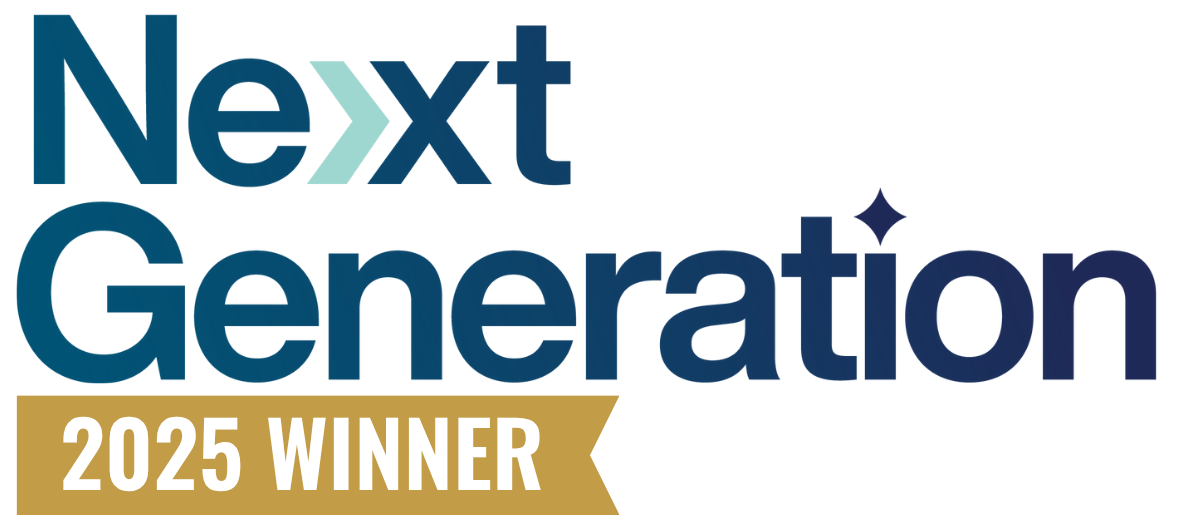Vulnerability scanners are a critical component of a holistic cybersecurity strategy. They are essential for identifying security flaws malicious actors could leverage to compromise systems and data.
There are several types of vulnerability scanners available, each offering its own set of benefits.
Let’s review vulnerability scanning before diving into the three types of vulnerability scanners businesses can use to bolster their cybersecurity posture.
What is a Vulnerability Scanner?
A vulnerability scanner is a type of software that automatically scans an organization’s IT infrastructure, applications, and networks to identify potential weaknesses or risks. A vulnerability scan typically searches for vulnerabilities, such as unpatched systems, outdated software, malicious code, and misconfigurations.
Scans are typically conducted on a regular basis to identify any newly created or discovered vulnerabilities compared to those identified in the previous scan. Regularly running these scans allows organizations to stay aware of potential vulnerabilities and better protect themselves from malicious actors.
3 Types of Vulnerability Scanning
Vulnerability scanners are typically categorized based on the type of assets they scan. Many businesses use a combination of vulnerability scanners to provide maximum coverage and complete IT infrastructure visibility. Here are three of the most common types of vulnerability scanners.
1. Network Vulnerability Scanner
Network vulnerability scanners detect potential weaknesses in wired or wireless networks and run automated tests on network infrastructure, including but not limited to:
These scans look for exploitable ports, unauthorized devices, weak passwords, authentication errors, and known vulnerabilities and misconfigurations. They provide information about them, such as the type of vulnerability, risk level, and potential impact. Once identified, the scanner can also suggest steps to fix these vulnerabilities to protect the network from malicious actors.
Network-based scanners are essential for PCI DSS compliance. If your organization accepts, processes, stores, or transmits card information, you must conduct internal and external network vulnerability scans every 90 days.
Remember, network vulnerability scanners should not affect your network’s stability or impact performance.
2. Web Vulnerability Scanner
A web vulnerability scanner detects security flaws in websites, web applications, and web services. These scanners crawl entire websites or web applications and use a database of common exploits, such as those maintained by OWASP and others, to uncover weaknesses. Once identified, the scanner will generate a report which can then be used to remediate any discovered issues.
This type of vulnerability scanner tests for common web application security risks such as:
- SQL injections
- Command injection
- Cross-site scripting (XSS)
- Cross-site request forgery (CSRF)
- Distributed denial of service (DDoS)
3. Database Vulnerability Scanner
Database scanners uncover vulnerabilities, such as weak encryption and poor patch management, that could lead to data loss or compromise. The consequences of a hacked database are dire for any business, potentially resulting in disruption to business operations, damage to brand reputation, financial losses, and infringement of intellectual property rights which could even lead to fines and other penalties.
Database vulnerability scanners are essential for ensuring regulatory compliance in specific industries. For example, the HIPAA Security Rule requires healthcare facilities to conduct periodic vulnerability assessments to ensure the protection and privacy of stored Patient Health Information (PHI).
Strengthen Your Cybersecurity with Managed Vulnerability Scanning
Vulnerability scanning is a vital cybersecurity tool for businesses of all sizes. By utilizing the right mix of vulnerability scanners—network, web, and database—organizations can proactively identify critical security flaws and better protect their network, data, and reputation.
Businesses interested in strengthening their cybersecurity should get in touch with a cybersecurity specialist from experienced managed vulnerability scanning providers. An objective, comprehensive assessment from SymQuest will uncover security vulnerabilities and reveal optimal solutions for strengthening your IT infrastructure.






